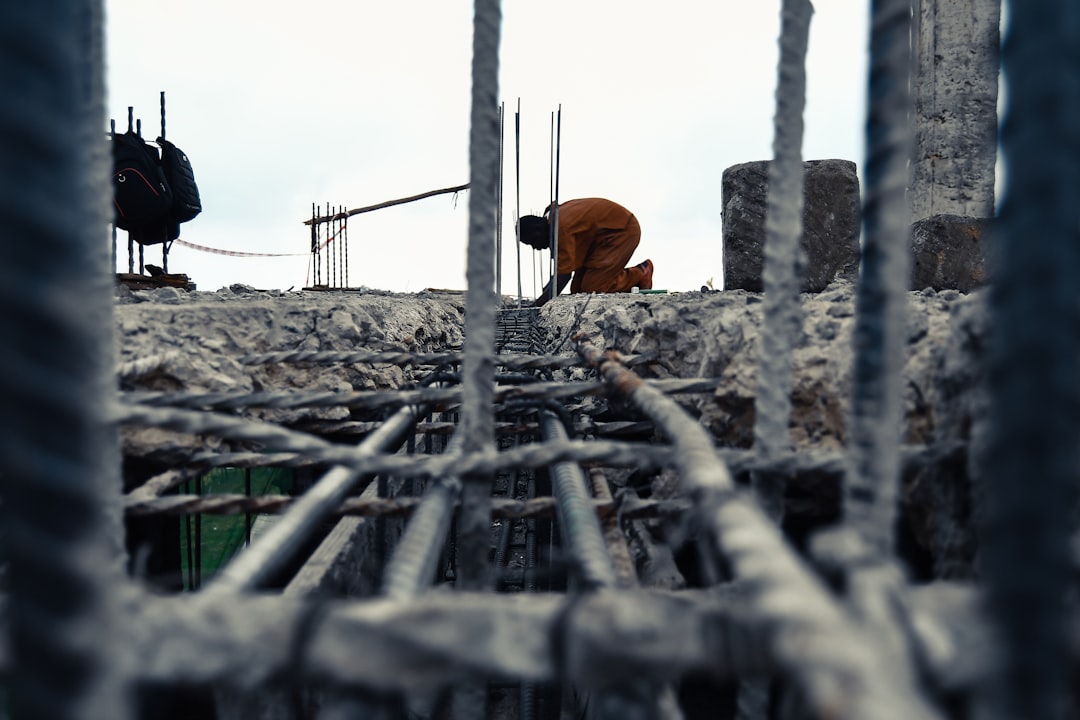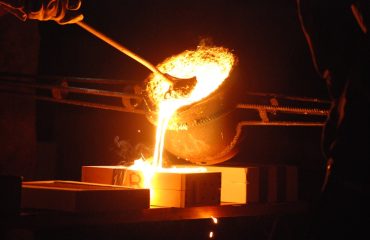body {
font-family: sans-serif;
line-height: 1.6;
}
h1, h2, h3 {
color: #333;
}
h1 {
font-size: 2.5em;
}
h2 {
font-size: 2em;
}
h3 {
font-size: 1.5em;
}
Choosing between concrete and steel for a construction project is a crucial decision, impacting cost, durability, aesthetics, and the overall structural integrity. Both materials have unique properties and are often used in conjunction, but understanding their individual strengths and weaknesses is paramount for informed decision-making. This comprehensive guide will delve into the key differences, helping you understand which material is best suited for your specific needs.
Strength and Durability: A Head-to-Head Comparison
Concrete, a composite material of cement, aggregates, and water, boasts exceptional compressive strength, meaning it excels at resisting squeezing forces. This makes it ideal for foundations, columns, and walls. However, its tensile strength (resistance to pulling forces) is significantly lower. Steel, on the other hand, possesses remarkable tensile strength, far surpassing concrete. It’s incredibly strong in both tension and compression, making it perfect for beams, girders, and frameworks where bending and pulling forces are prevalent. While steel can rust and corrode, advancements in protective coatings and galvanization have significantly extended its lifespan. Concrete, while durable, can crack under extreme stress and is susceptible to damage from freeze-thaw cycles if not properly mixed and cured.
Cost Analysis: Weighing the Economic Factors
The cost of concrete and steel varies depending on location, market conditions, and the specific grade of material. Generally, concrete is considered less expensive than steel on a per-unit-volume basis. However, the cost of forming and placing concrete can be substantial, especially for complex structures. Steel fabrication and erection also involve significant labor costs, but the overall material cost might be higher depending on the quantity needed. Transportation costs also play a role, as steel is usually transported in longer lengths requiring specialized equipment. The ultimate cost-effectiveness depends on the project’s scale, design, and the specific material requirements.
Flexibility and Design Possibilities: Shaping the Structure
Steel’s flexibility allows for more intricate and complex designs. Its high tensile strength enables the creation of long spans and slender structures, making it a popular choice for skyscrapers, bridges, and large industrial buildings. Concrete, while less flexible, offers considerable design freedom, especially with the use of precast concrete elements. Precast concrete components can be manufactured off-site, improving efficiency and reducing on-site construction time. However, the design options for concrete are generally more limited by its lower tensile strength and the need for substantial supports.
Environmental Impact: A Sustainable Choice?
Both concrete and steel production have significant environmental impacts. Cement production, a major component of concrete, is a significant source of carbon dioxide emissions. Steel production also contributes to greenhouse gas emissions through the energy-intensive processes involved. However, both materials are recyclable, and advancements in sustainable construction practices are aiming to reduce their environmental footprint. Using recycled aggregates in concrete and employing more efficient steel production methods are key steps in mitigating the environmental impact of these materials. Life cycle assessments are increasingly used to compare the overall environmental performance of different construction materials.
Maintenance and Lifespan: Long-Term Considerations
The maintenance requirements for concrete and steel differ significantly. Concrete generally requires less maintenance, though regular inspections are necessary to identify and repair any cracks or damage. Steel, on the other hand, requires protection against corrosion. This often involves protective coatings, galvanization, or other anti-corrosion treatments. The lifespan of both materials can be extended significantly with proper maintenance and design considerations. For instance, using durable coatings on steel and incorporating expansion joints in concrete structures can help prevent damage and extend their service life. Regular inspections and timely repairs are essential for both materials to ensure structural integrity and safety.
In conclusion, the choice between concrete and steel depends heavily on the specific project requirements. Each material offers unique advantages and disadvantages, and often, the most effective approach involves a hybrid design that leverages the strengths of both materials. Careful consideration of factors like strength, cost, design flexibility, environmental impact, and maintenance needs is crucial for making an informed decision that ensures the successful completion of any construction project.
SEO-Friendly Tags:
- Concrete construction
- Steel construction
- Concrete vs steel
- Construction materials
- Structural engineering




